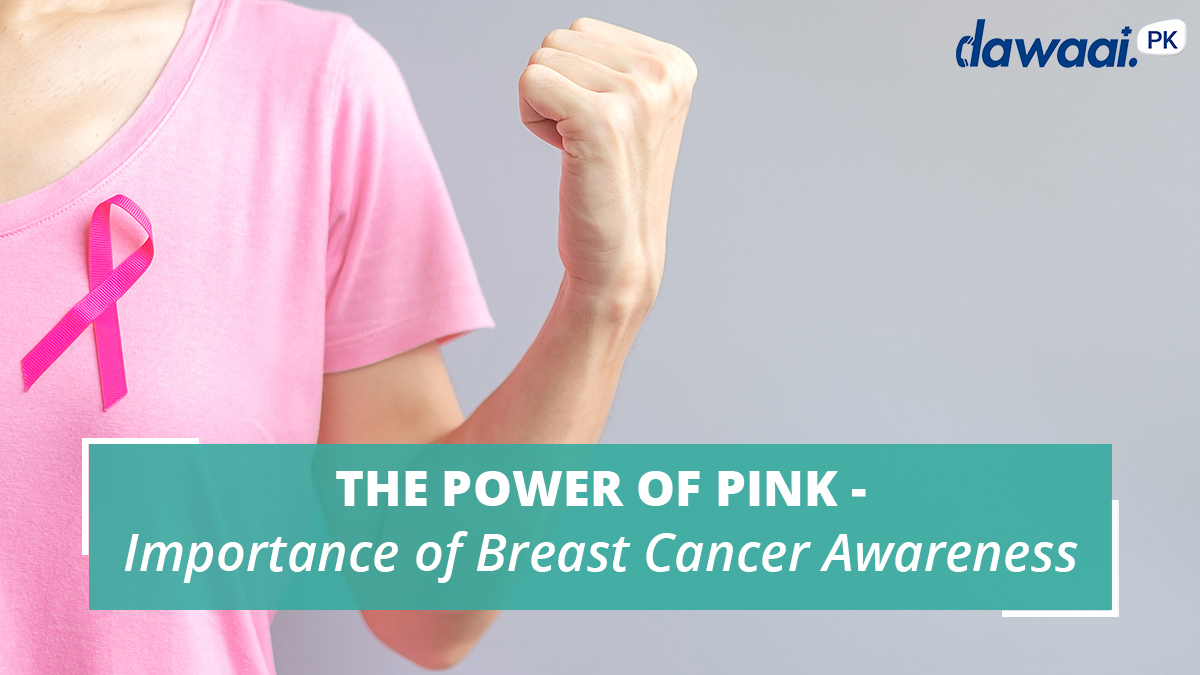Medically reviewed by Dr. Unsa Mohsin.
Why do we use sunscreen? To save ourselves from harmful sun rays, of course. Did you know that these harmful rays, aka UV rays of the sun, are the major contributors in causing skin cancer? You may also wonder if there are any other factors that can lead to this kind of cancer. One answer could be a person’s genetic makeup. The science of genetics is far more complicated and farfetched from what a human mind can contain. But, from what is proven by science, genetic bias is something that cannot be ruled out in any disease.
Faulty genes
We inherit a pair of genes from both our parents. These genes decide everything that is present in our bodies. From the color of our hair, to eyes, to facial features, and even intellect, everything is coded as genes. A lot of times, when parents pass on a faulty gene, it automatically increases the likelihood of developing that particular faulty condition.
Am I at risk?
You might find yourself asking this question. The answer is loud and clear. If you have a family history of skin cancer, yes you are at risk. However, how do you know if you have a family history? Here’s how you can find out:
- If you have 2 or more close relatives on the same side of your family who had skin cancer, you are at risk.
- The age of the relative when he/she developed the cancer is also very crucial. A later age does not prove much of a risk. However, if your relative has developed the cancer before 50, you might be at high risk too.
- You might also be at risk if you or your close family relatives have 2 or more unusual looking moles anywhere on your body. These are called spitz nevi, and they might grow to be malignant (i.e. they may spread to other areas of the body).
- In our skin we have a substance called melanin. The function of melanin is to give us our skin color and provide protection from the sun. Since darker skin contains more melanin, it automatically means that dark people have more of this natural cancer-fighting chemical. So if your family has a light skin tone, you can also be at risk.
What to do?
Once you find out where you stand at the risk percentage, you need to take care of a few things. They say, prevention is better than cure. Here’s how you can prevent yourself:
- Consult your physician and inform him/her about your genetic likelihood. Your doctor might advise you on screening tests every now and then.
- Keep a track of changes in your body. If you see any new moles, or the old ones changing shape or color, make sure you inform your physician immediately.
- Wear sunscreen whenever you are stepping out in the sun. Make sure your sunscreen is SPF 15 or more.
- Wear protective clothing, with full sleeves and pants when you have to step out in the sun.
- Go for self-tanning products instead of tanning beds or sunbaths.
Consider living at places with a colder climate.
Guest Post Credits: Dr. Faryal Zaidi





